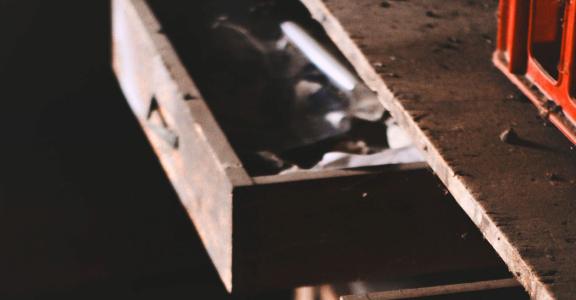Van Hoecke NV provides the industry and specialist dealers with functional components for utility furniture. Side-panel calibration machines are an integral part of the manufacturing process. To improve and streamline those operations, Sirris helped to identify low-performing motors in the Van Hoecke fleet.
A calibration machine usually mills around 2.5 mm at the two ends of a panel, with an approximate accuracy of 0.1 mm. Both sides of the machine contain a motor carrier, each housing two milling motors. Those four milling motors mill panels via a series of asset-specific operating steps. Van Hoecke aimed to analyse their performance, so as to swiftly detect degradation. The company could count on the help of the Sirris experts.
4-step methodology
To analyse the performance of the motors, a 4-step methodology was proposed:
- Pre-processing of the raw parameters, to clean, synchronize and impute the signal
- Analysis of the energy consumption of the motors, to identify operating modes
- Design of a ‘normal behaviour’ model for each operating mode
- Comparison of those models with real-life data, to find anomalies
Pre-processing happened as follows: researchers calculated the mean of fixed non-overlapping windows, synchronised timestamps and took the median of a larger rolling window. That enabled them to impute missing values and guarantee a ‘clean’ signal. Since the industrial assets performed in a dynamic environment, observed levels of energy consumption could vary. Clustering those different degrees of consumption in all assets helped to distinguish separate operating modes.
For each operating mode, researchers studied a time period that reflected normal operating behaviour. A predetermined percentile of those values was then used to calculate the expected (and ‘normal’) energy consumption per operating mode. Those models helped to assess the actual performance of the machines and detect anomalies.
This approach enabled Van Hoecke to easily monitor all assets in their fleet, and to quickly identify low-performing motors.
This case has been realised as a part of the AI4DETAIL Project, a COOCK project, funded by VLAIO.
|





